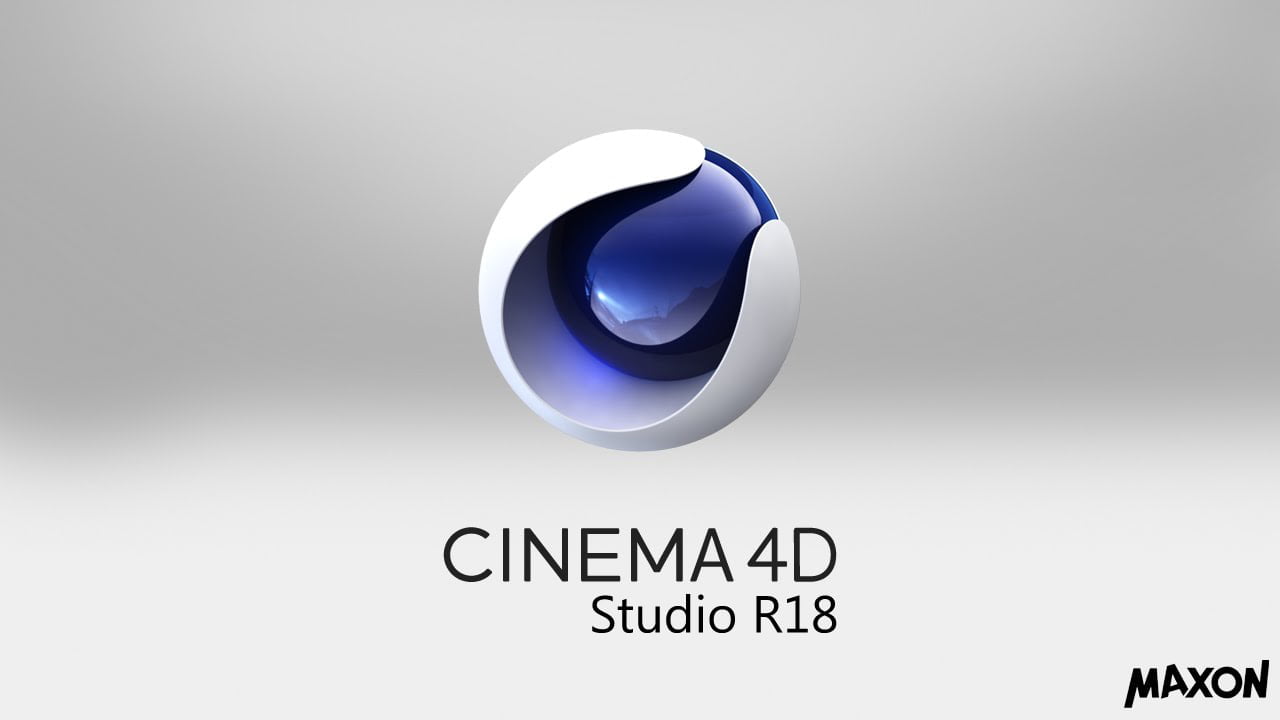


The advantages that this brings are enormous. Create a traditional keyframe animation and select the new Add Motion Clip command and the original animation becomes a Motion Source, referenced by a Motion Clip that is associated with the object itself via a new Motion System tag in the Object Manager. Most importantly, Cinema 4D 11 introduces an entirely new approach to animation. And using the new Doodle tool you can draw onscreen to quickly explore animation ideas and collaborate with others. You can also switch on onion-skinning to see a ghosted version of an object’s surrounding animation on the current frame. For example, you can now view your soundtrack’s waveform in the timeline, which helps greatly when it comes to synchronising. Previous releases have added functionality at the expense of complexity, but version 11 sees an attempt to restore usability. Maxon was specifically commissioned by Sony to develop Projection Man for use in films such as Polar Express and Beowulf and now this power is made available to everyone.Ĭinema 4D’s second great focus is animation. The beauty is that, while the results can look astonishingly complex, both geometry and texturing are actually kept as simple as possible. By then creating additional cameras and camera mappings you can patch the matte so that you can move seamlessly through your painted scene. The resulting textures are then applied as object materials, complete with generated masks. Essentially you add a camera and then, using the new Projection Man palette, you can select objects and render their current view out to TIFF or PSD format for painting in BodyPaint or, more likely, Photoshop. Traditionally a matte is a photo-realistic painted background for a film set and Cinema 4D 11 brings the same idea to the digital desktop. This power is impressive enough, but Cinema 4D 11 takes advanced texture handling to a completely new level with its support for matte painting.


 0 kommentar(er)
0 kommentar(er)
